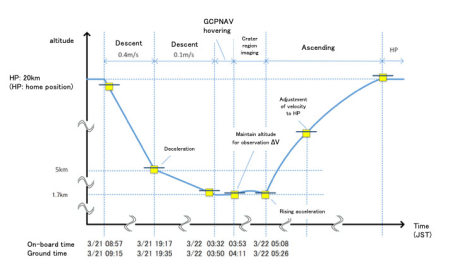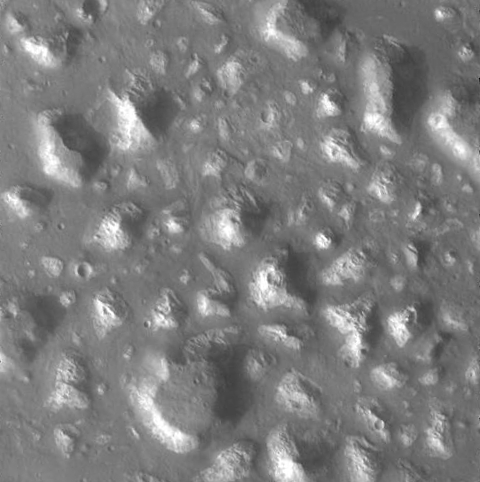Rogozin: Investigation into Soyuz sabotage to continue on ISS
In his remarks to journalists today Roscosmos head Dmitry Rogozin also said that the Russian investigation into the hole that was drilled in a Soyuz capsule last year is not over, and that they plan to do further “experiments” on ISS.
“The samples collected on the ISS are insufficient for final conclusions. Apparently, additional experiments in orbit will be required,” Rogozin said.
What those “additional experiments in orbit” will be was not explained. I suspect he is referring to the security cameras the Russians are installing on their part of ISS, with the hope of catching the saboteur in the act.
What I think is going on here is that they have not been able to uncover who did this on the ground, and are now trying to imply it might have been sabotage by a U.S. astronaut. Rogozin can’t say this outright, because he wants to keep good relations with the U.S. in the partnership on ISS. He can hint at it, however, and let his own press run with it.
In his remarks to journalists today Roscosmos head Dmitry Rogozin also said that the Russian investigation into the hole that was drilled in a Soyuz capsule last year is not over, and that they plan to do further “experiments” on ISS.
“The samples collected on the ISS are insufficient for final conclusions. Apparently, additional experiments in orbit will be required,” Rogozin said.
What those “additional experiments in orbit” will be was not explained. I suspect he is referring to the security cameras the Russians are installing on their part of ISS, with the hope of catching the saboteur in the act.
What I think is going on here is that they have not been able to uncover who did this on the ground, and are now trying to imply it might have been sabotage by a U.S. astronaut. Rogozin can’t say this outright, because he wants to keep good relations with the U.S. in the partnership on ISS. He can hint at it, however, and let his own press run with it.










